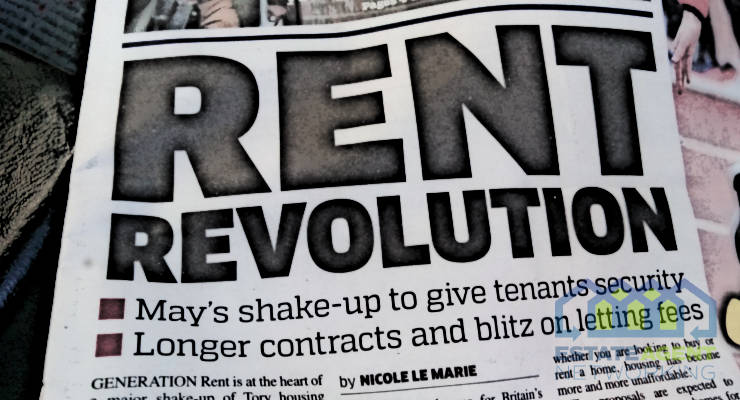Forget Generation Rent, we’re on course to become Nation Rent
Research by VeriSmart, the letting compliance specialists, has looked at what point in the future the UK could lose its homeowner status as the scales tip towards a greater number of rental sector occupants compared to owner-occupiers.
The UK is a nation of aspirational homeowners, but the high cost of property has seen many remain resigned to the rental sector. In fact, when it comes to the percentage of homeowners, the UK currently ranks as the 24th lowest of all 28 EU nations at just 65%.
In contrast, the UK is home to the fifth highest percentage of tenant occupiers of all EU nations, behind just Germany, Austria, Denmark and France.
The latest data shows that since 2010, the percentage of owner-occupant homeowners has fallen by -5% while the percentage of occupants in the rental sector has grown by 5%.
Despite this, homeowners still account for 65% of the market as we remain a nation driven by the goal of owning our own home. However, should this seven-year trend persist we could start to see this change as more and more of us remain in the rental sector.
Based on the previous decline in homeownership levels, the scales would tip in favour of tenants by 2039 with 50.7% of us renting to 49.3% owning our own home. By 2045 this will have grown to 55% of the nation living in the rental sector to 45% classes as owner occupants.
This isn’t a trend driven out of necessity but rather people choosing to rent within the private sector, as during this time the number of us in social rental accommodation has also dropped.
Founder and CEO of VeriSmart, Jonathan Senior, commented:
“We are currently seeing a shifting mentality in the way we choose to live our lives and for Generation Rent, in particular, there is no longer that urgency to make it out of the rental sector and secure their own ‘piece’ of bricks and mortar.
This was initially driven by consistently buoyant house price growth coupled with stagnant wage growth providing no other option but to rent, however, social rental numbers are falling, Build-to-Rent is growing in prominence, and there has been a number of tenant-friendly changes to the sector.
All of these changes are making the rental sector a more attractive place to be and as a result, we are seeing more of us opt for it and stay there for much longer than we may have traditionally.”
|
UK – Tenure Type Distribution (%)
|
|||||||||
|
Tenure Type
|
2010
|
2011
|
2012
|
2013
|
2014
|
2015
|
2016
|
2017
|
Percentage / Distribution change over a seven-year period
|
|
Owner
|
70
|
67.9
|
66.7
|
64.6
|
64.4
|
63.5
|
63.4
|
65
|
-5%
|
|
Tenant
|
30
|
32.1
|
33.3
|
35.4
|
35.6
|
36.5
|
36.6
|
35
|
5%
|
|
Projection – Owner vs Tenant Occupation (%)
|
|||||||||
|
Year
|
Owner
|
Tenant
|
|||||||
|
2010
|
70
|
30
|
|||||||
|
2017
|
65
|
35
|
|||||||
|
2024
|
60
|
40
|
|||||||
|
2031
|
55
|
45
|
|||||||
|
2038
|
50
|
50
|
|||||||
|
2039
|
49.3
|
50.7
|
Tipping Point
|
||||||
|
2045
|
45
|
55
|
|||||||







